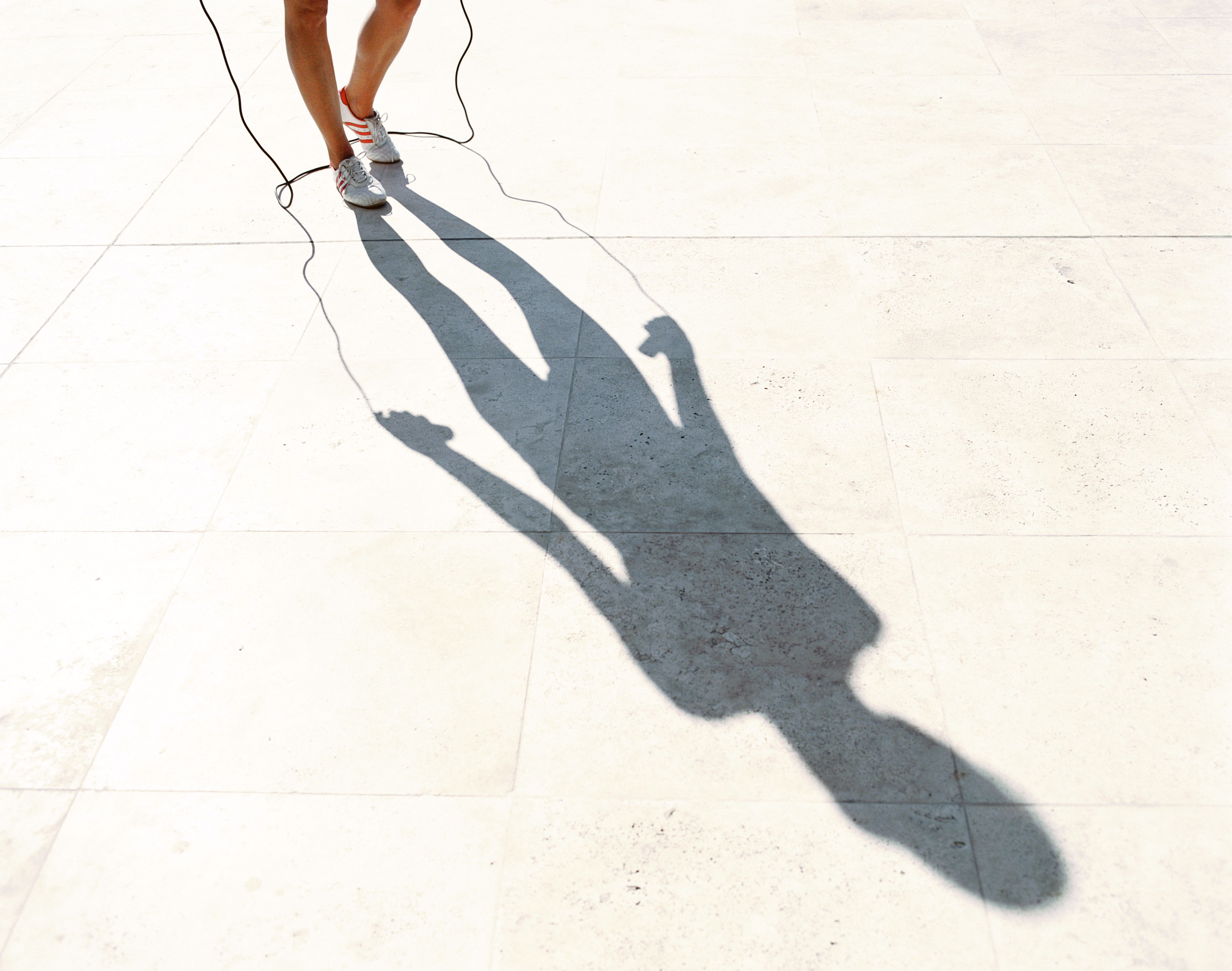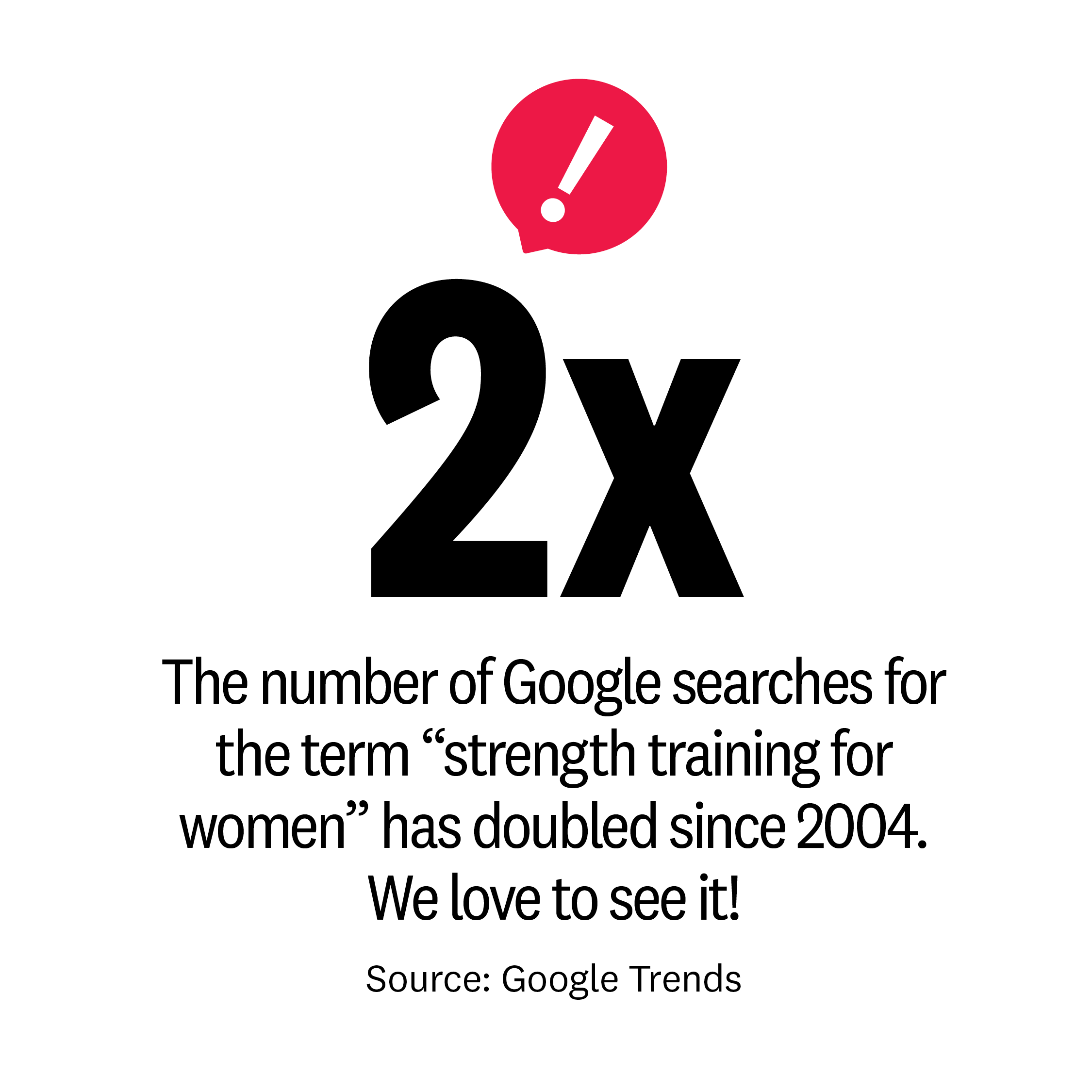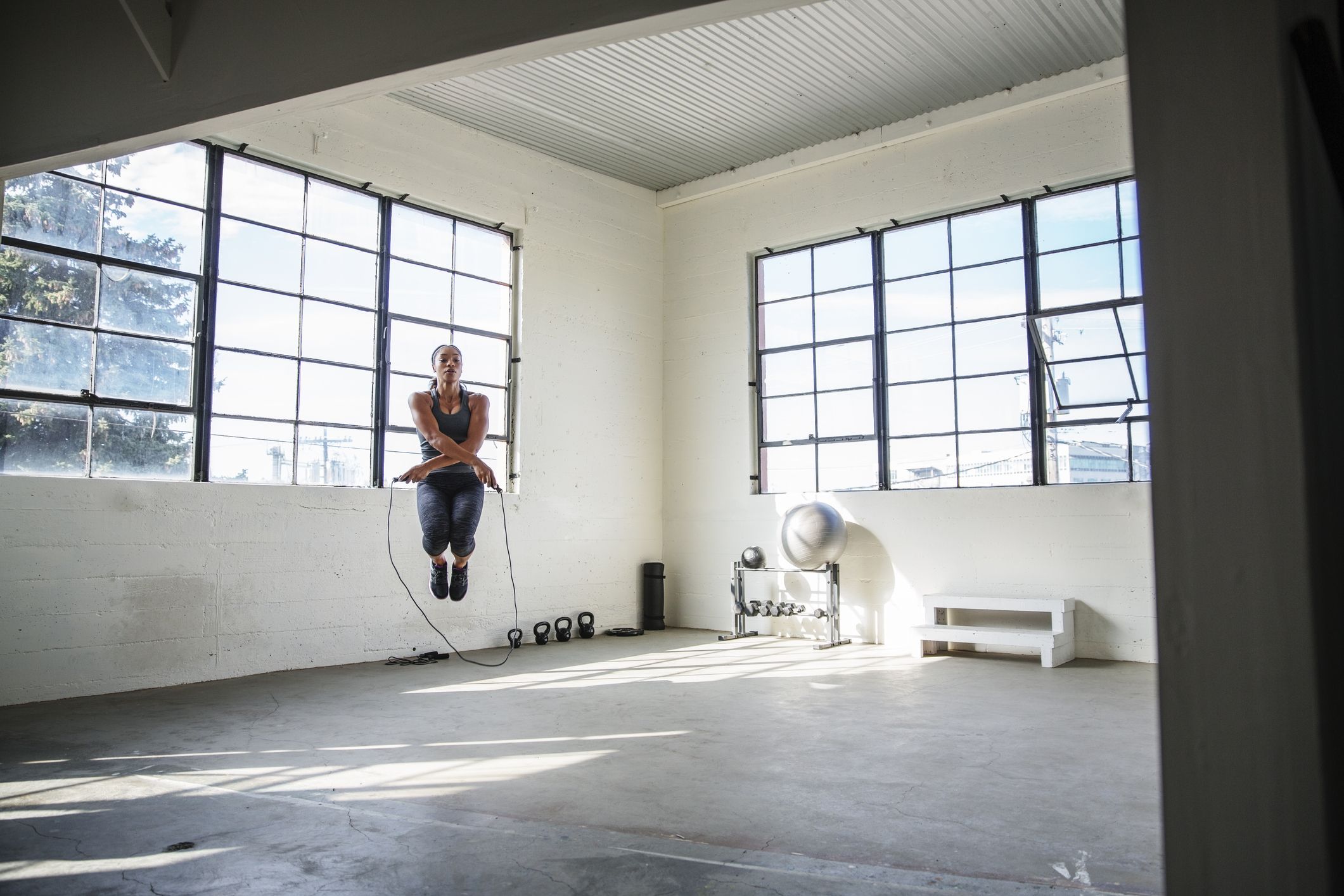accutane vancouver
In her five and a half years as a cycling instructor, Roxie Jones, CPT, taught upwards of 10 cycling classes per week (that’s more than 2, buy generic estrace australia without prescription 500 classes in total!). Today, Jones has been able to deal with and recover from the repercussions—including hormonal issues and sleep problems—of going overboard on this traditional form of cardio. Fortunately, she has learned to embrace more balance in her training that nets healthier results for her…but it wasn’t easy.
Of course, the average sweat fanatic may not be pedaling vigorously on a stationary bike 10 times a week, but it’s not unusual for women to have a torrid relationship with cardio at some point in their lives. And while strength training has drawn more women away from the elliptical in recent years, cardio has long remained front and center in everything from government exercise recommendations to advertising.
Consider this for a moment, though: Cardio may not need as strict a prescription or definition as we thought, or even as sizable a place in our routines. Seriously! An ever-growing body of research (and a powerful social media movement) is bearing out the truth that strength training can provide the same—if not more—results and emotional perks as classic cardio.
What cardio does need, in this case? A serious PR makeover. Ahead, why it became such a loaded topic—plus what fitness experts recommend prioritizing in your sweat regimen instead. (We see gains in your future.…)

How We Got Here
When women began working out more in the 1970s, “there was no question that exercise was tied to a promise that you would look prettier and skinnier,” says Natalia Petrzela, PhD, fitness historian and professor at The New School in New York City. Exercise at the time centered on cardio and torching calories. (Cue the Jane Fonda step aerobics videos.)
Ironically, around the same time, research identifying the benefits of weight training for women—including fat loss, believe it or not—was already being published, says exercise physiologist Stacy Sims, PhD, a WH advisor. It didn’t go mainstream, though; the association between certain beauty standards and cardio was tight. (To be clear, there’s nothing wrong with working out for aesthetic reasons; it’s just that the reality of what cardio actually does for our bodies got a little twisted.)
Those all-too-common messages about burning calories were the most powerful driver in keeping cardio the focus of women’s sweat routines for a long time, says Joy Cox, PhD, a body-justice advocate and weight-stigma researcher at Rutgers University. Even in the early 2000s, Sohee Lee, CSCS, another WH advisor, recalls hearing sports teammates talk about “running off” the bagel—or some other food—they ate. “That kind of stuff seeps into your subconscious and really sticks with you,” Lee says.

Government and health and fitness organization recommendations emphasized cardio too. When the American College of Sports Medicine (ACSM) first released guidelines in 1975, it suggested that adults accumulate 20 to 45 minutes of vigorous physical activity (jogging, cycling—cardio as we know it!) three to five days per week, after research found that active people were less likely to develop (or die from) heart disease.
What’s more, on the flip side, strength training was mainly associated with masculinity. Until the rise of boot camp classes and CrossFit in recent decades, “the predominant idea was that weight lifting would make you look like Arnold Schwarzenegger,” says Petrzela.
The Big Shift
Today, the narrative about how women’s bodies can look, feel, and move has finally begun to deeply transform—and strength training is feeling the love. “The nature of social media has helped women break free from the old cardio indoctrination,” says Cox. “Everyone is sharing their own narrative,and you see a lot of people with different experiences and different bodies doing all sorts of feats.” And, according to Cox, that visibility means everything.
One massive (and semi-ironic) surprise in this new world is the confirmation that resistance exercise supports overall health better than cardio does. That’s the message Jones, Sims, Lee, and other pros are committed to sharing.

What they’ve learned: “Our metabolism is like a pie chart,” says Jones. The biggest chunk is our basal metabolic rate (BMR), the energy we use at rest. The energy we burn during workouts is a pretty small slice, making it unrealistic to manage weight and health just by burning calories through cardio. Instead, your best bet is to increase your BMR by building muscle (which your bod burns calories to maintain), with strength training, Sims says.
Even at rest, more muscle means more metabolic activity.
That’s not all. Research has also found that while cardio can be hugely beneficial, it doesn’t stimulate your bones to stay strong over time. Here, too, strength training is the better bet, says Lee.
The real kicker, though, is that strength training also has cardiovascular benefits we’ve long credited only to cardio. Women who resistance-trained had a 17 percent lower risk for cardio disease than those who didn’t, according to research in Medicine and Science in Sports and Exercise. It also helped ward off mental illness (and ease existing issues) in participants, a Sports Medicine study found.

Forging Ahead
What does all this mean for traditional steady-state cardio’s fate? Unless you genuinely like it, you shouldn’t feel *obligated* to step on a cardio machine. Really.
Supporting your cardiovascular health in some form is still a nonnegotiable—but how you do that can vary based on your individual goals and personal preferences, says Sims. If you just don’t enjoy traditional cardio, you can reap similar benefits through resistance training, Sims says. You can also opt for HIIT (high-intensity interval training) like tread sprints or power walks up big hills once or twice a week. Consider resistance training your only true must-do, she strongly stresses.
Are you in the camp that lives for endurance runs outside, training for marathons, or catching up on Netflix shows while riding the bike? Keep on keeping on. Cardio shouldn’t be some sort of enemy, says Liana Tobin, CPT, resource coordinator for the National Strength and Conditioning Association. Running, cycling, swimming, power walking, and other forms of good ol’ aerobic exercise are loved by plenty of women, including Tobin, who finds it brings her mental clarity and a fun opportunity to socialize. And you’ll still reap the heart health and brain benefits research has long lauded cardio for.
Ultimately, the TL;DR is that your ideal cardio routine can be a lot less rigid than you think. (And strength training can be a major game changer for a host of body benefits, contrary to what you might’ve learned over the years.) “There are a million different ways to exercise,” Lee says. “Spend more time doing whatever gets you excited and makes you feel good.” We’re RSVP’ing yes to that empowering invitation…how about you?
Source: Read Full Article
